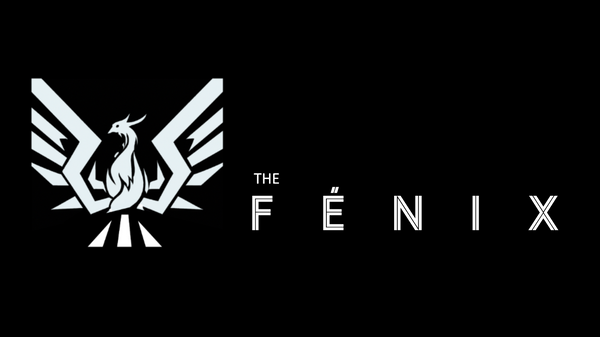In the previous post, we looked at the mentality of some hockey coaches who are dismissive of the need to "rely" on cones or other apparatuses on the ice to get the most value out of a hockey practice. In addition to understanding where they are coming from, we also considered how they may be incorrect. That is to say, we considered situations in which cones add value.
In this one, we take an extreme alternative view. Today we say, "You have devices that do more than cones that we can put on the ice and you have players interact with them such that they facilitate skill challenges? Give me more!"
Let me get at that in a different way. Are there times where we want more than a cone?

This is one way (some say, the best way) to get more than a cone.
Regular readers of this blog have read a few posts that have indirectly answered that question over the past year. However, in those posts, I didn't explicity consider that question. But, it may be another way to think about a recent trend in hockey skill development. That trend is characterized by the use of stick-simulating devices and other obstacles being added to the ice. Is it useful to think about these additions as elaborations on the well-established use of cones?

One of the key tasks a coach must handle during hockey practices is to convey to players the proper route through a drill. Cones help with this.
Cones can help to control routes through a drill and they can indicate actions to be taken at certain points within the drill. However, with or without a puck, the actions indicated by cones are almost always techniques of skating.
But, that is not always the case. For a long time, I have used cones to control spacing and direction change within puckhandling drills focused on making at least one fake and then going wide. I know that this type of use of cones is not very common, however, because its never intuitive for players. It takes quite a bit of explanation to get these players interacting with the set-up the right way the first time I introduce it.
And, it is not uncommon for coaches to use cones to control the shooting location in a drill. But, I think this is still a small percentage compared how often cones are used to indicate the location of a skating technique.
Are there better designs than cones for facilitating puck-skills interactions? Obviously given the products available on this site, I believe the answer is yes! Recent developments in on-ice tool design have focused on sliding the puck under obstacles. These obstacles may be simple bridges, may simulate a defender's stick, may simulate a defender's leg(s), or may just be designed to add challenge without mimicking any game-situation in particular.
And they all also serve the route-controlling purpose of cones as well. As long as players can remember the order in which they are to encounter the devices, they can follow the route of the drills as well as they can connect the dots on paper.

One way of combining the concepts of "connect the dots" and hockey. In this case, one is advised to go with instinct as opposed to trying to follow the numbers.
What about the third dimension? Another element these devices have added is the idea of moving over top of them to the other side in a jump or a step. Rink dividing barriers and sticks laid on the ice have facilitated those moves over the years, but the new devices make it just that much more convenient to implement them while maintaining puck control.
Actually playing the game pushes players' skill levels to their limits and demands each action be done at an uncomfortable pace in order to thrive. But there is only one puck and most puck touches demand a pass before skill is tested to that degree. So, while often critical for team success, the high-skill challenge within games is very infrequent. Can we automate high skill challenges so that players can develop elaborate, high-pace agility with multitasking with a decent rep count in practice? That is just what these "more than a cone" devices are for!

FÉNIX Hockey's Scorpion: It's just our opinion, but we think this is one of the finer examples of one of these "more than a cone" devices that we are referring to here.

